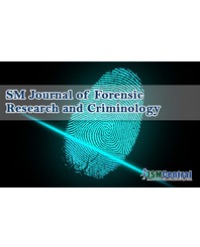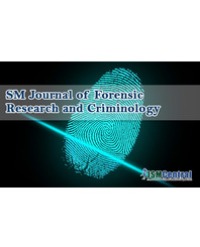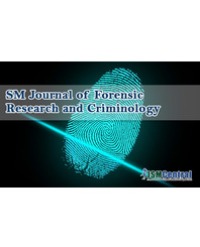Delinquency is a social and social phenomenon, although biological, psychological, geographic, ethnic, racial and other factors play a very important role in the formation and type of crime, the problem’s explanation is based on the social environment, the delineation of the sociology domain it is social, especially the way the smallest and most important social institution, the family, plays an important role in co-operating and harmonizing the normative behaviors of individuals with the social environment. Here we look at the role of the family as a barrier to juvenile delinquency (based on family order). This work is especially important in terms of the delimitation of the factors under study in scientific work because it is impossible to accurately consider and measure all aspects and angles in investigative work. If the family can be a major factor in crime and promote its adverse conditions, then the optimum conditions in the family allow the child’s mental, emotional, psychological and social development to be the most important step in preventing crime. The increase in crime rates seems to indicate a weakening of family group relationships so that group unity has been shattered. To the extent that the members’ relationships are out of the control of intimate, emotional and ethical relationships, the risk of the elimination of the vital function of the family of educating norms and social values will not be left to the offspring. What is important in the relationships and connections of the family, in such a way that individuals as carriers and actors of roles have to play in such a way that the essential function of preserving the unity and cohesion of the family is pursued. A home that is empty of words is a pest of teenage emotional, emotional and social growth, a lack of love and affection and lack of consistency and harmony in the family leads to criminal behavior. Whenever the emotional and moral foundation of the family is loose, it affects the family order (divorce) and delinquency occurs. Family order and regulation are inversely related to the process of criminalization. When divorce goes up, the internal conflicts of the family climax and children in their adolescents are trapped in the backdrop of their parents in an alert area such as addiction, delinquency and so on. However, the relationship between parents and children, the disintegration of the family and the lack of family order and balance, the erosion of religious and moral beliefs in juvenile delinquency plays an important role. If the values of one person and the values of the people who are affected by him, instead of protecting the behavior from non-criminal behavior, support criminal behavior, that person will probably be guilty. Solidarity, consistency and stability of the family’s cornerstones provide a good foundation for individuals to squeeze and internalize fairly perfectly accepted general norms and easily implement social delivery, roles and researchers in a way that they are expected to do. A family is a small group whose inseparable feature is its inferiority. The socialization of the future generation is one of the most obvious and fundamental tasks of the family [1]. Affection is a solid foundation of the family, hatred is in the opposite direction and involves hypocrisy and separation and controversy. When hatred and deep conflict and conflict go to the focal point, the survival of the family order is shaken between its people.





